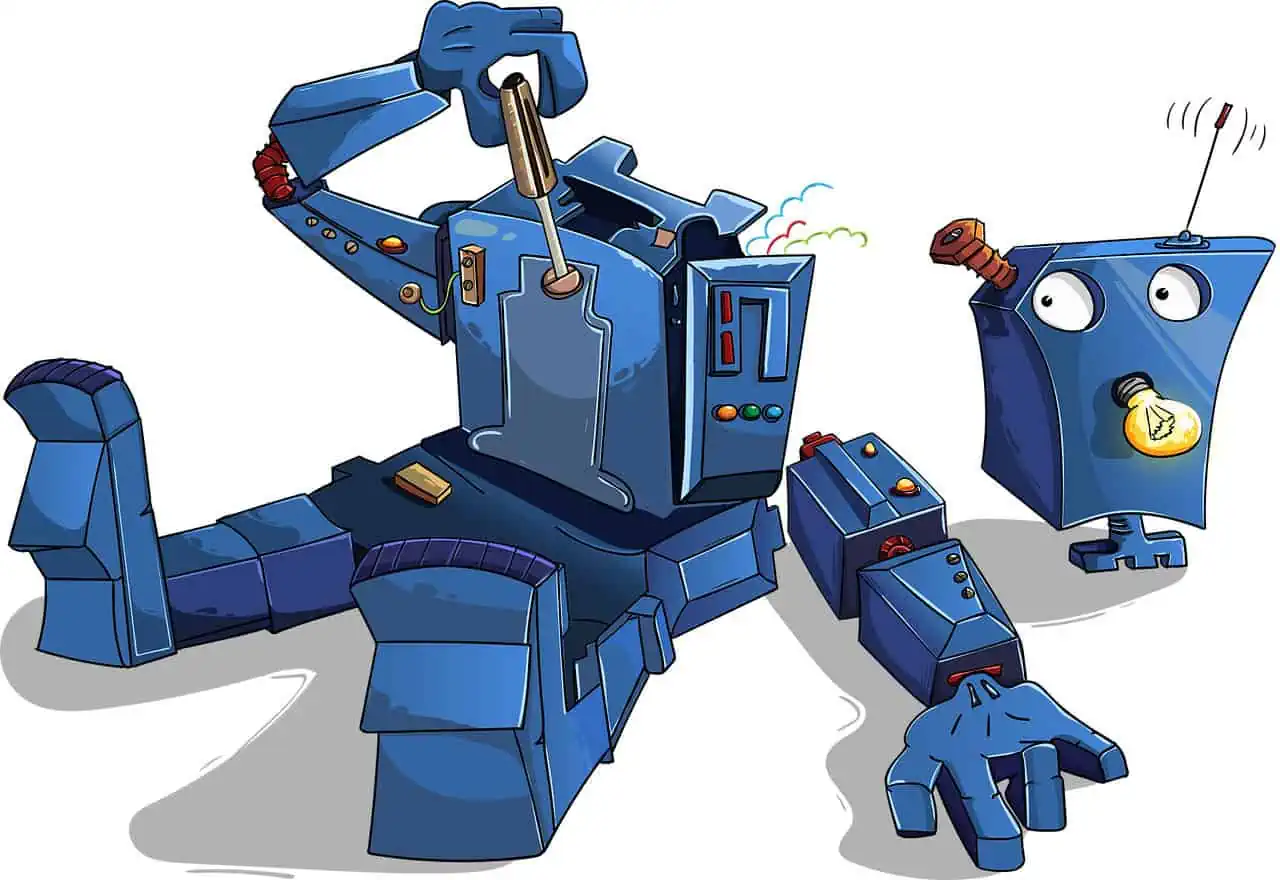How to disassemble treadmill you ask? Ever had problems with a treadmill and can’t get it to work? Sometimes, a simple disassembly of the treadmill can help you achieve your purpose. But how to move NordicTrack treadmill through doorway? Fortunately, this article is here to help. In this article, you will find step-by-step instructions on how to disassemble a treadmill to make necessary repairs.
Different parts of a treadmill
The treadmill comprises different parts, each working together to form a whole unit. Depending on the model of your treadmill, these parts might include the following:
Console:
This is the control center of the treadmill, where all the programming and operation occur. It will likely have a display, buttons, sensors, knobs, and other critical components.
Motor:
This is the part of the treadmill that powers the belt when used. It is typically situated below the console and is responsible for generating and maintaining the treadmill’s speed.
Belt:
The belt is what you walk on when operating the treadmill. It is usually made from a strong and durable synthetic material.
Roller:
The roller is a set of cylindrical drums that help keep tension on the belt. This tension allows the belt to move freely during operation.
Deck:
The deck of a treadmill is the firm walking surface beneath the belt. Treadmill decks come in a variety of forms, but the majority are made of wood with a black low-friction upper part.
Steps to follow when disassembling a treadmill:
The instructions on how to dismantle treadmill are as follows:
Step 1: Unplug the treadmill:
Before beginning the process – how to disassemble treadmill, ensure it is unplugged and no power is running.
Step 2: Remove the Console:
Carefully detach the console from the treadmill. Depending on the model, there may be screws to remove, or it may be just a simple plug-and-play.
Step 3: Disconnect the Motor:
Locate the motor in the back of the treadmill and disconnect it from the wiring. Make sure to label each of the wires to reconnect them when finishing the process quickly.
Step 4: Take apart the belt:
The belt can be removed by unscrewing or pulling the screws or bolts in the belt’s frame. Make sure to take extra care not to damage the belt while removing it.
Step 5: Disconnect the Deck:
After removing the belt, you should be able to access the deck. The deck can be disconnected from the frame by unscrewing or pulling the screws or bolts.
Step 6: Take apart the roller:
The roller is typically attached to the frame with a few bolts or screws. Remove these and carefully lift the roller off the treadmill.
Tips for reassembling the machine:
Refer to the manufacturer’s instructions:
Make sure that you thoroughly go through and follow the manufacturer’s instructions when reassembling the treadmill. This will ensure that each process step is done correctly and help avoid unforeseen problems.
Double-Check:
Before turning on the treadmill to try it out, make sure to double-check all the bolts and screws to make sure that everything is tightly in place.
First boot test:
Before putting the console back on the machine, it is recommended to try a “first boot” test to ensure that all the parts are functioning correctly. Once the first boot test is successful, reconnect the console and secure it firmly.
Safety Precautions:
- Carefully read the manufacturer’s instructions before beginning any assembly or disassembly process.
- Unplug the treadmill before assembly or disassembly.
- When disassembling a treadmill, wear protective eye goggles and gloves.
- If a part of the treadmill is loose, there is a potential of features falling and causing injury.
- Label the parts and wires as you disconnect them so it will be easier to reconnect and assemble them later.
FAQs: how to disassemble treadmill
Q: How do I know if you have disassembled the treadmill correctly?
A: You should always refer to the manufacturer’s instructions for specific models. Additionally, once you have taken the machine apart, you should check to ensure that all parts are separated and disconnected.
Q: Can you disassemble a treadmill on my own?
A: It is recommended that a professional technician handle the disassembly process. If you decide to do it independently, follow all safety precautions and procedure guidelines.
Q: Do you need any special tools to disassemble a treadmill?
A: You likely won’t need special tools to disassemble the treadmill, though you might need a few standard tools such as screwdrivers or wrenches. Be sure to consult the manufacturer’s instructions to know what kind of tools will be required.
Q: How long does it take to disassemble and reassemble a treadmill?
A: It depends on the complexity of your treadmill and the skill level of the person performing the disassembly and reassembly process. Disassembling and reassembling a treadmill should take between 30 minutes and two hours.
Q: Is it safe to disassemble a treadmill?
A: With caution and the correct safety precautions, it is possible and safe to disassemble a treadmill. Always unplug the machine before beginning any assembly or disassembly process, and wear protective goggles and gloves.
Q: Can you do repairs on the treadmill while it is disassembled?
A: Yes, you can look at, adjust and even replace any treadmill parts while it is disassembled. Again, if repairs are beyond your knowledge, contact a technician or the manufacturer for professional help.
Take Away
Disassembling a treadmill is easier than it may seem as long as you follow the necessary safety precautions and know what you’re doing. Use this article as a guide on how to take apart a treadmill. And remember, always refer to the manufacturer’s instructions for the particular model of your treadmill when necessary.
You are one step closer to getting your treadmill into proper working condition.




